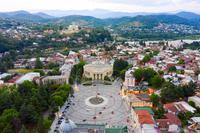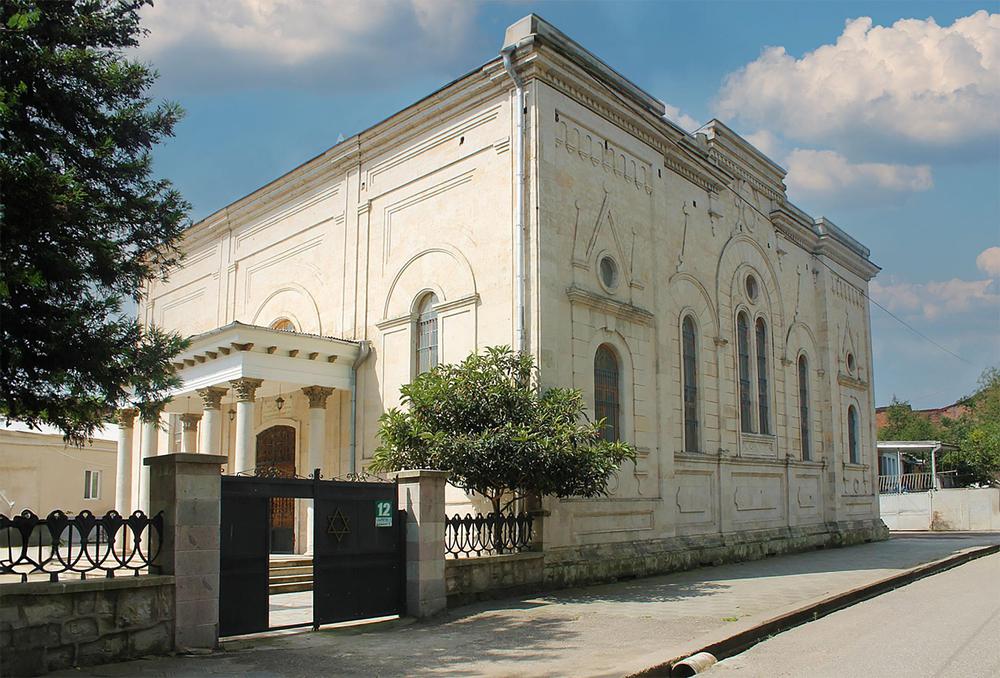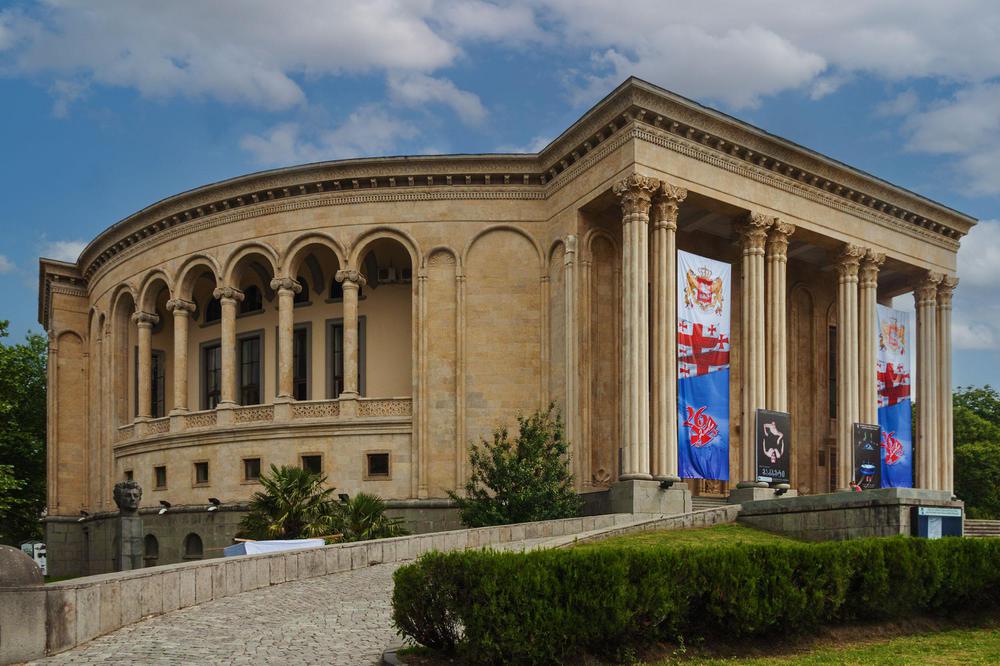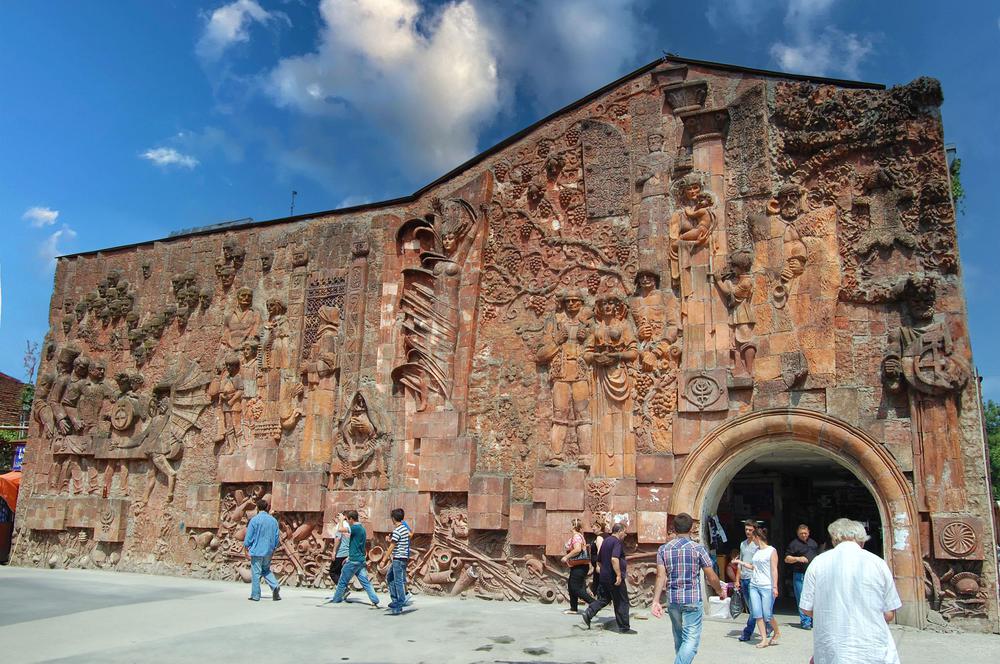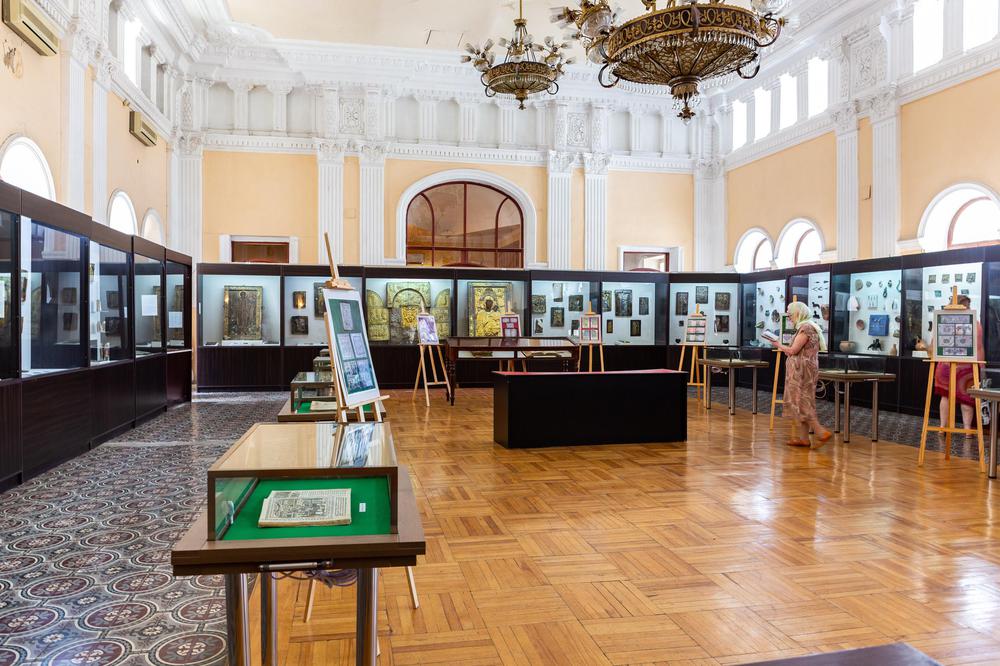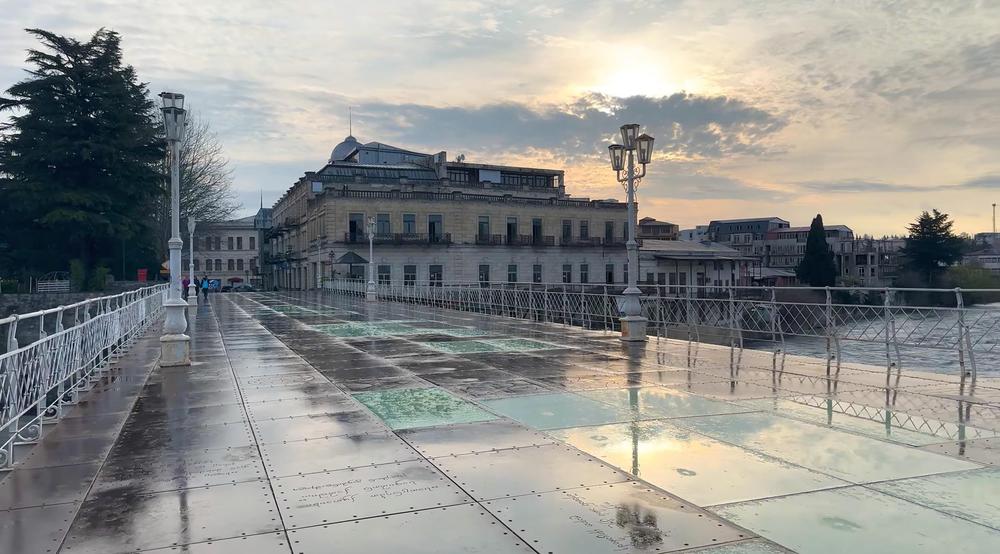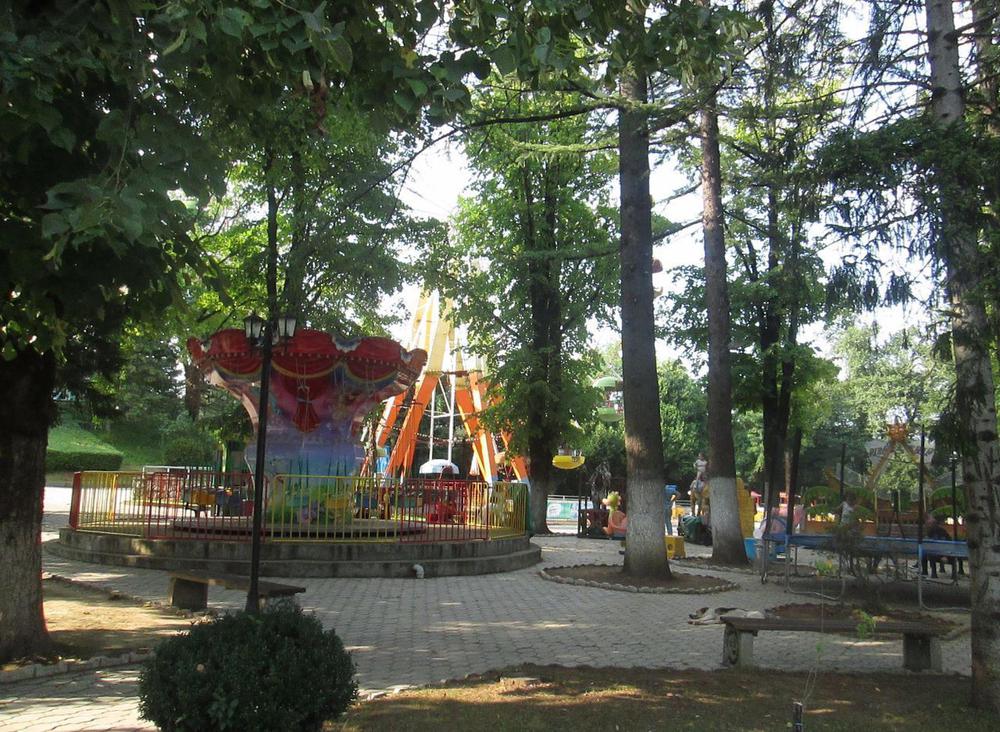Established in 1969, Kutaisi Botanical Garden in Georgia is a testament to the city's rich history of horticulture and subtropical plant introduction. Situated on the right bank of the Rioni River, this cherished garden occupies the easternmost part of the Kolkheti lowland, at 150 meters above sea level.
With roots dating back to the 19th century, Kutaisi Botanical Garden evolved from a farm garden, known as "Tchomi Park," and has since played an integral role in preserving and protecting plant biodiversity. Today, it is home to about 700 species of plants, trees, and shrubs from all flora regions of the world, representing 210 plant species across 80 botanical families.
Throughout its history, the garden has seen periods of extensive planting and the enrichment of its flora. The second period, in particular, is associated with the subtropical institution formerly located in Tchomi Park. From the inception of Kutaisi Botanical Garden, new geofloristic plots were created and plant introduction intensified.
Over the past 25 years, Kutaisi Botanical Garden has received plant specimens from botanical gardens in Batumi, Sokhumi, Tbilisi, and other cities within the former Soviet Union, including Moscow, Riga, Kiev, Nikita, and Donetsk.
Nestled amidst the natural terraces, the garden's diverse plant life creates a captivating landscape for visitors to explore. As you meander through the lush greenery, you'll encounter the impressive variety of flora that has been carefully cultivated and introduced over the years.
The Kutaisi Botanical Garden offers a unique opportunity to delve into the history of Georgian horticulture while immersing yourself in the tranquil beauty of its diverse flora. A visit to this treasured sanctuary will leave you with a deeper appreciation for the world's botanical wonders and the tireless efforts made to preserve them.



